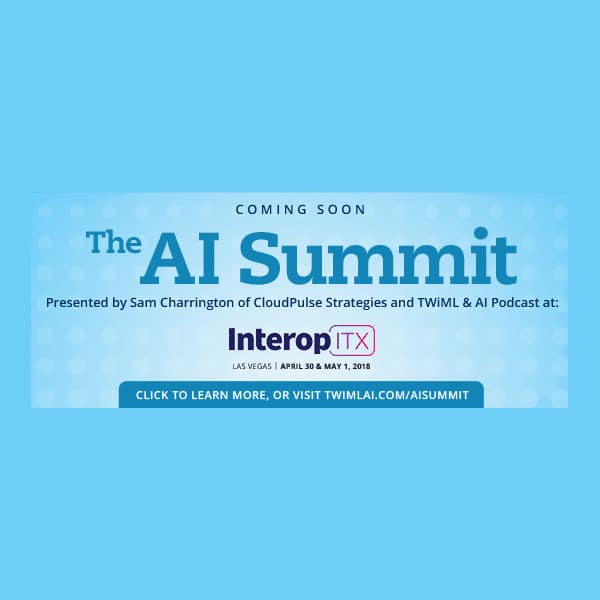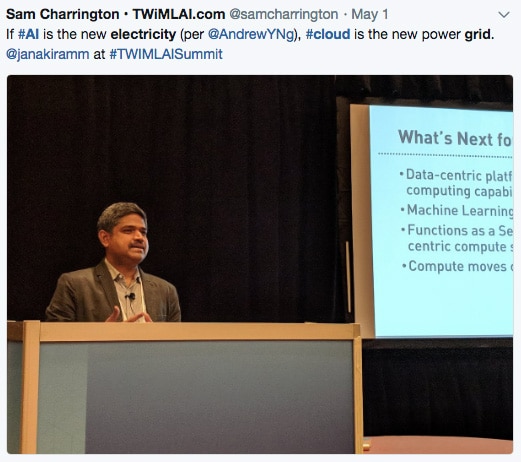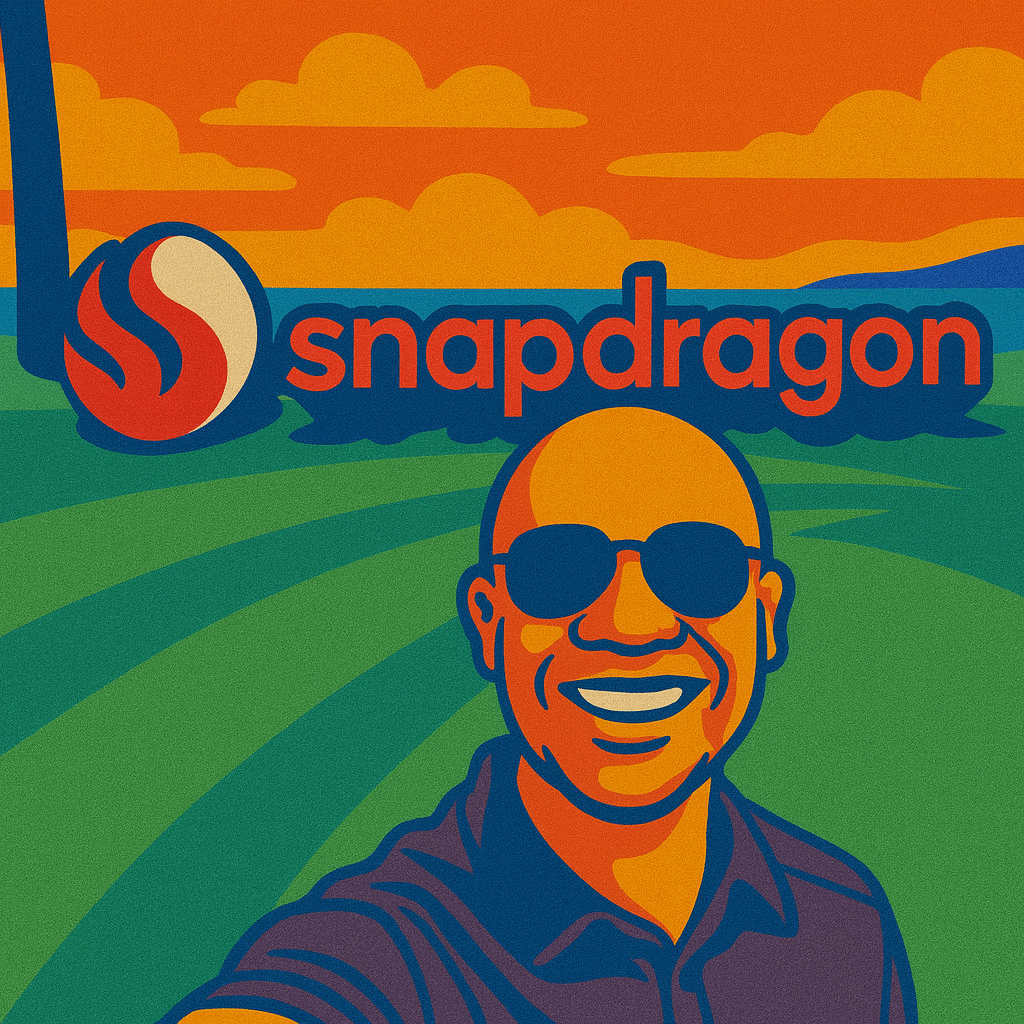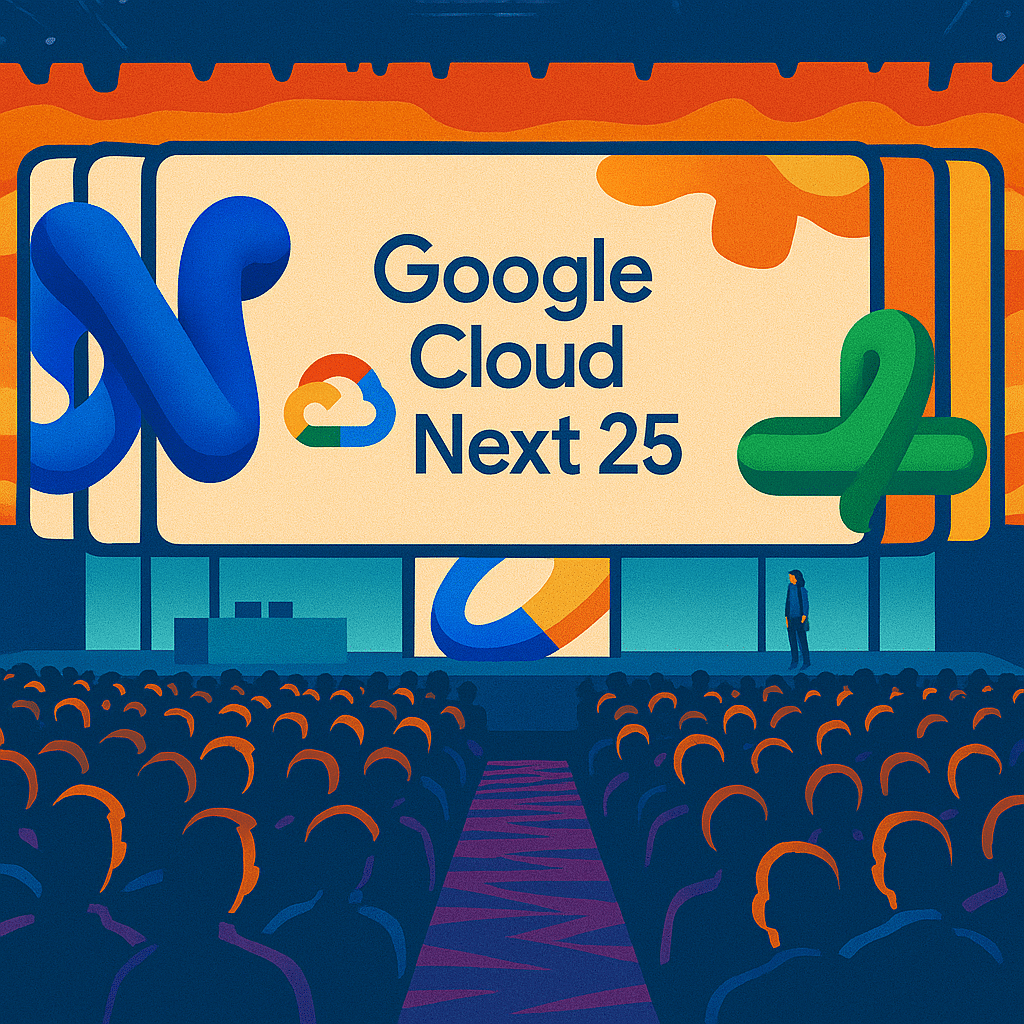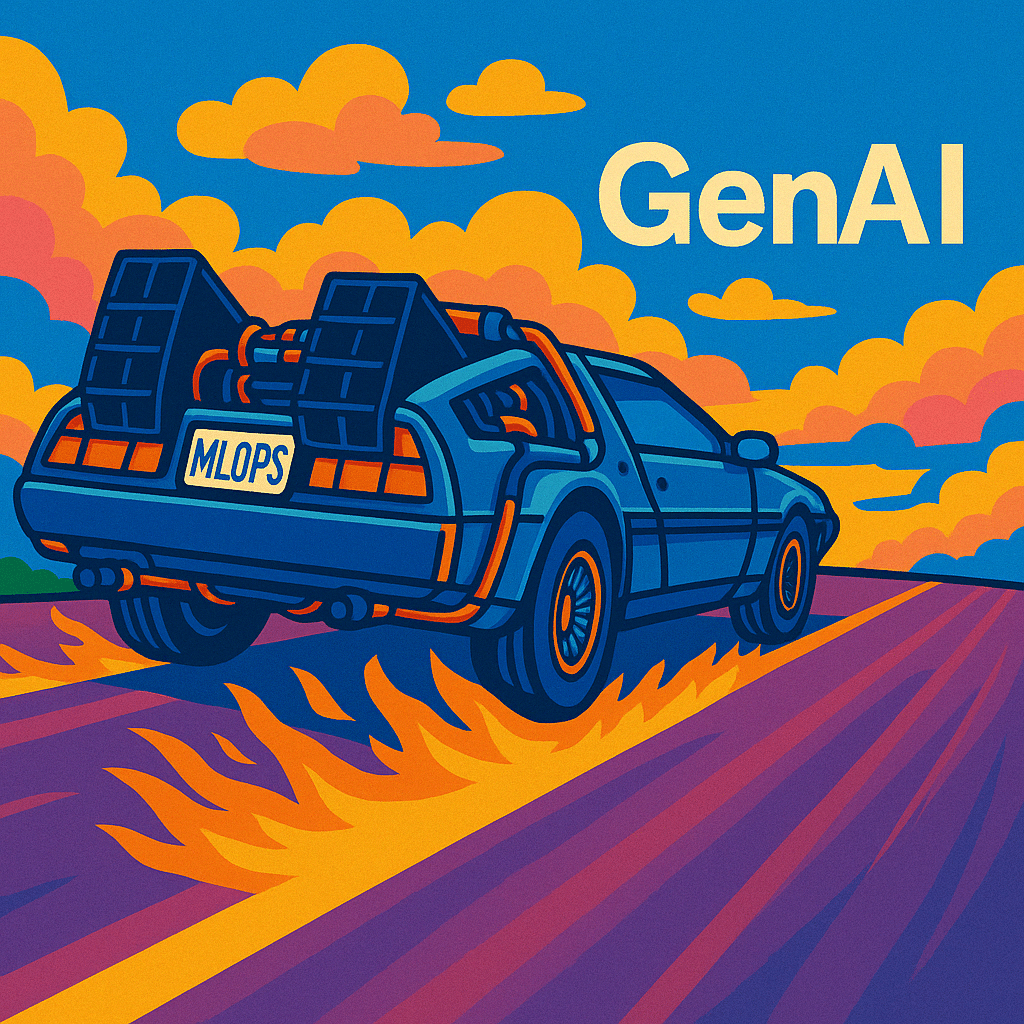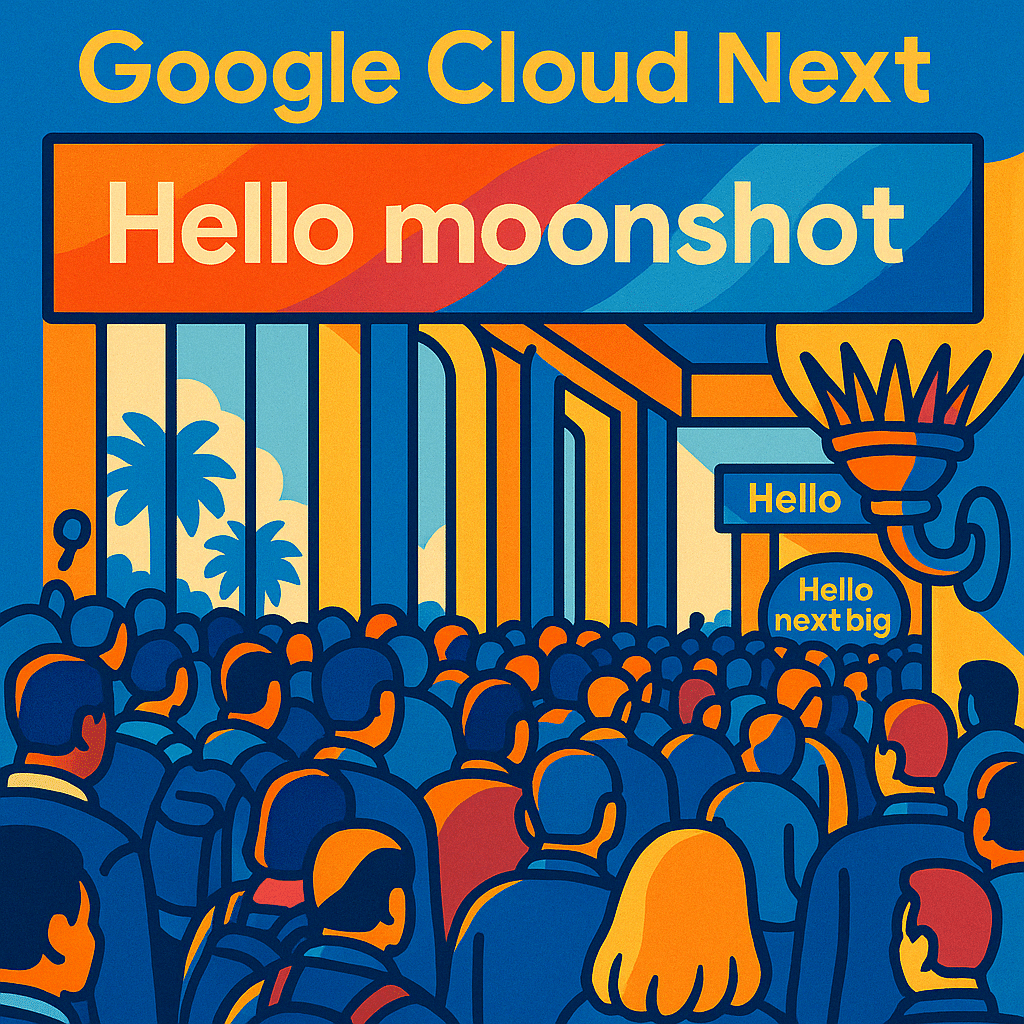I’m still a bit high off of the energy from this week’s TWIML AI Summit at the Interop ITX conference. What a great event!
I’m very grateful for a super-engaged audience that made moderating the two days a true pleasure. Fun fact: I would never have believed this if you’d told me in advance, but we had folks join us from as far away as Denmark, Finland, and New Zealand!
As was nicely captured in this InformationWeek article about the Summit, the idea behind the event was to create a learning experience for IT and business leaders who will play a role in making ML and AI a reality in their enterprises. Specifically, I aimed to make sure that attendees left the event with the knowledge they’d need in order to:
- Understand key ML and AI technologies and ideas
- Identify opportunities to apply them
- Chart a strategy for their organizations
- Interface with implementers, like data scientists
- Expand their own career opportunities in this area
And, most importantly, I wanted to offer attendees two key super-powers in this space: a decoder ring and a well-tuned BS meter.
To achieve these goals I offered an ML/AI 101 session, three sessions on key AI technologies (NLP/conversational, computer vision, and IoT/edge applications) and three focused on more strategic aspects of enterprise AI (data collection and annotation, creating an ML-friendly culture and operationalizing ML, and enterprise AI strategy). We finished the day with a Q&A session, which I’m really glad I included. It went the entire two hours, was great fun, and the audience got to work out some of the key challenges presented by their own companies and industries—live, and in real time—with an expert panel of event speakers.
Without further ado, here are some of the key ideas from each session:
Intro to ML and AI.
- After reviewing our plan for the Summit, I dove right into this session first thing Monday morning. One of my main points throughout the talk was that while there are a lot of fancy-sounding algorithms out there, machine learning–unlike human intelligence–is really made up of fairly simple and single-purpose tools. Most business applications of ML are simply trying to predict values, classify things, or group things. When you understand these key ideas, you have the foundations for reasoning through how ML and AI can be applied in your business. After explaining these concepts, we walked through a bunch of common industry and functional use cases and decomposed them into their basic primitives.
NLP and conversational applications.
- Next up, David Karandish, founder and CEO of Ai Software gave a presentation focused on his top seven lessons-learned from building an NLP/conversational software product: (1) conversational experiences involve a lot of nuances, (2) NLP itself is actually hundreds of interconnected subproblems, (3) integrating with other applications is a necessary challenge to overcome, (4) extracting meaning from otherwise unstructured documents offers tremendous value, (5) most of their successes involve a combination of ensembles of simpler models, active learning, and humans-in-the-loop, (6) plugging into existing interfaces is important, and (7) administrative interfaces are key. I found the discussion around points #2, 4 and 5 to be particularly interesting.
Computer vision.
- Next, Siddha Ganju, data scientist from DeepVision and TWIML Talk #95 guest, provided a very thorough overview of computer vision research and applications. What I liked best about this talk–besides from a great overview of the history of the field–was that Siddha helped attendees gain an intuitive feel for convolutions and the other types of layers that make up convolutional neural networks, and how these are combined to perform image recognition and other CV applications. Her presentation of a bunch of novel use cases and how they were created was also really interesting.
Data collection and annotation.
- Kiran Vajapey’s (TWIML Talk #130) talk helped ground attendees on the importance of data and the relationship between it and the knowledge and predictions we seek. His discussion around the role of humans in labeling data and how to build interfaces to allow them to do so effectively was particularly insightful.
AI for IoT and at the Edge.
- Janakiram MSV’s talk really appealed to the geek in me with nice live demos involving a bunch of hardware and (literal) toys. He did a nice job articulating some of the challenges in working with current technologies, including the need to integrate multiple systems and the fragility of some IoT hardware and tools. His overview of the IoT ecosystem was also solid, and he delivered one of my favorite quotes from the session.
ML operationalization and culture.
- Jennifer Prendki’s (TWIML Talk #46) talk, which included a bunch of hand-drawn sketches (!) was fun and super informative. She really hammered home the differences between software engineering and data science, emphasizing that the latter is inherently exploratory and requires a different set of skills, inclinations, and processes than the former. One of her slides depicted the ROI of machine learning process as an S-curve, indicating that because of the heavy up-front exploratory phase, value tends to come later in the process than with traditional engineering efforts–an important concept for stakeholders to understand. Another favorite quote: “Science is the important word in ‘data science’.”
AI strategy.
- Finally, Friederike Schüür–research engineer, Cloudera Fast Forward Labs–delivered a great presentation on crafting an enterprise AI strategy. I loved her slide (with credit to Domino Data Lab) on all the ways AI projects can fail: solve the wrong problem, solve right problem but already solved, solve right problem with wrong tools, solve right problem but too slowly to matter, solve right problem wrong way, solve right problem but world changes, solve a few good problems but not enough at once. I also liked her emphasis on managing uncertainty and optimizing for knowledge gain in the data science process, and she provided a nice template that attendees could use for tracking project goals, assumptions, and approaches. To close, she did a really nice job articulating the importance of ethical considerations for organizations undertaking AI projects, and offered tips for increasing awareness of bias in data and models, collecting better data, and de-biasing models.
A few of you reached out to me and expressed regret that you couldn’t make it to Vegas for the Summit. Several expressed interest in seeing a private version of this program put on for their own companies or industry groups. If you think a program like this would be a good fit for your group, or you’d be interested in attending a similar Summit at a later date, please email me or comment below and let me know!
